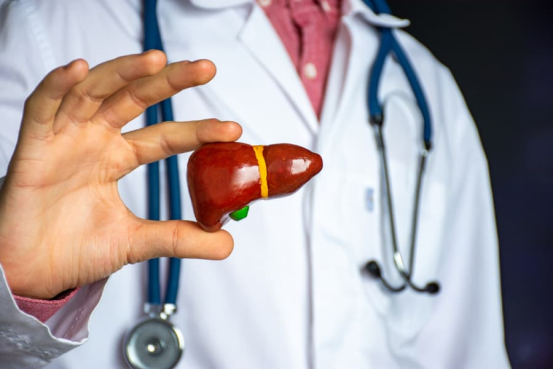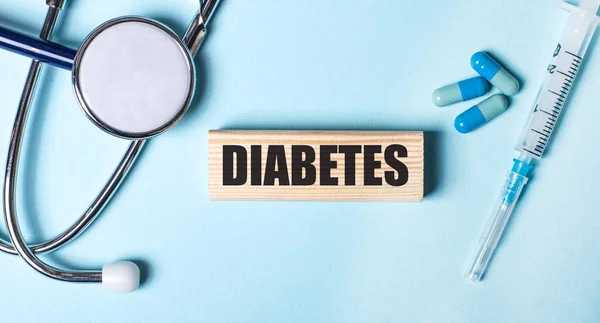What Does a Hepatitis C Rash Look Like? Symptoms, Causes, and Treatment Options
Hepatitis C is a viral infection that primarily affects the liver, but it can also cause skin-related symptoms, including various types of rashes. A hepatitis C rash is one of the more common symptoms associated with this condition, and knowing what it looks like can help individuals identify and seek timely medical attention.
Hepatitis C is a viral infection that primarily affects the liver, but it can also cause skin-related symptoms, including various types of rashes. A hepatitis C rash is one of the more common symptoms associated with this condition, and knowing what it looks like can help individuals identify and seek timely medical attention.

Common Characteristics of a Hepatitis C Rash
- Red or Pink Bumps: The most typical hepatitis C rash consists of red or pink bumps on the skin, which may be slightly raised. This rash can appear anywhere on the body but is often seen on the chest, back, and limbs.
- Itching and Dryness: Many people with hepatitis C experience itching that can accompany the rash. The skin may also feel dry or scaly.
- Purple Spots (Petechiae): Some individuals may notice small purple or red spots under the skin, known as petechiae. These spots appear due to bleeding under the skin and can be a sign of a low platelet count, often associated with hepatitis C.
- Blisters or Pustules: In some cases, a hepatitis C rash may produce blisters or small pustules filled with fluid. These can be tender and prone to breaking open.
- Psoriasis-like Patches: In certain instances, the rash may resemble psoriasis, with thick, red patches covered by silver scales. This is especially true if the immune system is highly active or compromised.
Causes of a Hepatitis C Rash
The hepatitis C virus (HCV) triggers immune responses in the body, leading to inflammation that can affect the skin. This inflammation may be due to the body’s reaction to the virus itself or to the medications used in hepatitis C treatment. Additionally, liver dysfunction caused by HCV can lead to changes in skin health, causing rashes and other skin symptoms.
Types of Rashes Associated with Hepatitis C
- Lichen Planus: An itchy, purplish rash that can develop on the skin or inside the mouth.
- Necrolytic Acral Erythema: A rare but distinctive rash seen in hepatitis C patients, usually on the feet or hands.
- Vasculitis: Inflammation of blood vessels, leading to purplish patches or spots on the legs.
- Porphyria Cutanea Tarda: A rash associated with sunlight sensitivity, often with blisters or dark patches on the hands or face.
Treatment Options for Hepatitis C Rash
- Antiviral Medications: Treating the underlying hepatitis C infection with antiviral drugs can reduce symptoms, including skin rashes.
- Topical Creams and Lotions: Corticosteroid creams can relieve inflammation and itching associated with the rash.
- Antihistamines: For those experiencing itching, over-the-counter antihistamines can provide relief.
- Moisturizers and Sun Protection: Dry skin is a common issue with hepatitis C, so keeping the skin moisturized and protected from sunlight can help prevent further irritation.
- Regular Monitoring: Consulting with a healthcare provider for personalized treatment options is essential. They can assess whether the rash is a side effect of medication, a sign of the virus, or an indicator of liver health.
When to See a Doctor
If you notice a rash along with other symptoms of hepatitis C—such as fatigue, jaundice, or abdominal pain—consult a healthcare professional promptly. Early diagnosis and treatment can help manage symptoms effectively and prevent complications.
In Summary
A hepatitis C rash can take several forms, from red bumps and itching to purple spots and blisters. While it may be uncomfortable, effective treatments are available. Managing the underlying hepatitis C infection is the most direct way to alleviate rash symptoms and protect overall health.








